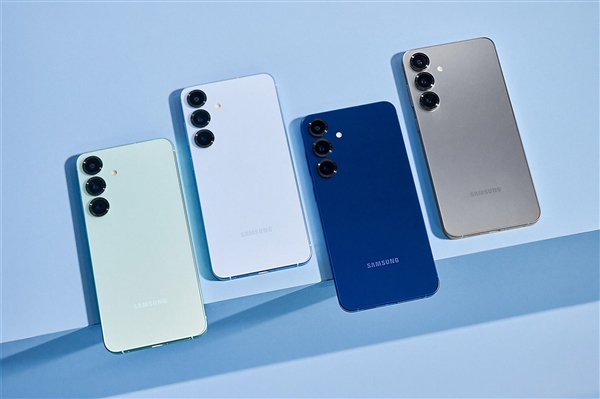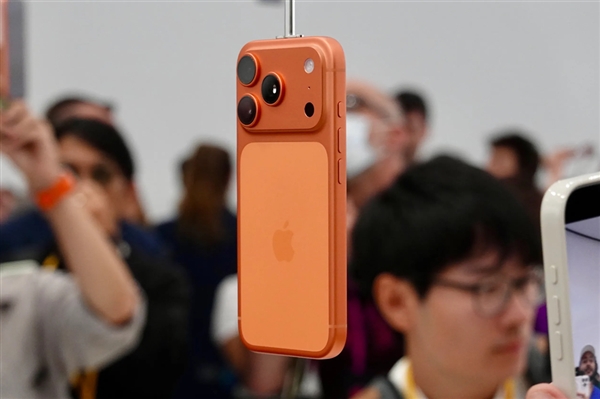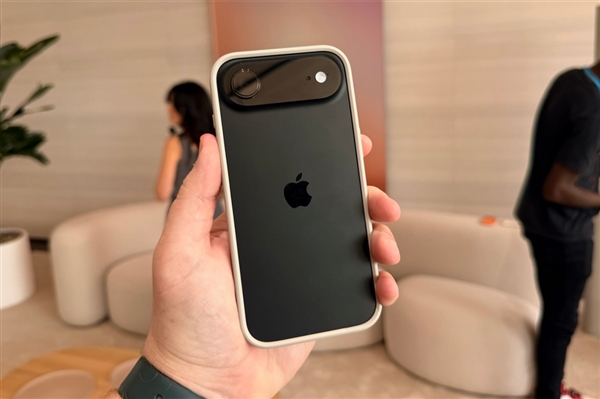July 31, 2025 – In the highly competitive realm of foldable smartphones, device thickness has emerged as a key battleground for manufacturers. A recent independent study by the Korean Consumer-Centered Enterprise Association (KCEA) has sparked fresh debate by revealing new insights into the world’s thinnest large-format foldable devices.
Contrary to initial manufacturer claims, KCEA’s comprehensive thickness measurements of leading models show Samsung’s Galaxy Z Fold7 measuring 8.82mm in folded configuration – narrowly beating out competitors despite earlier official figures suggesting parity with Honor’s Magic V5 (initially advertised at 8.8mm). The independent testing revealed Honor’s device actually measures 9.34mm when measured under standardized conditions.

The study evaluated five premium foldables including Huawei Mate X6 (10.47mm), vivo X Fold 5 (9.77mm), and Xiaomi Mix Fold 4 (9.61mm). Samsung’s flagship not only claimed the thickness crown but also emerged as the lightest device in its category, though exact weight comparisons weren’t disclosed in the report.
This data correction comes after manufacturers’ official specifications created market confusion. Samsung’s website previously listed the Z Fold7 at 8.9mm while Honor promoted the Magic V5 as the thinnest at 8.8mm – claims now invalidated by the third-party testing protocol that used precision calipers across identical screen areas of each device.
The findings underscore the importance of standardized measurement methodologies in the rapidly evolving foldable market, where even microscopic differences influence consumer purchasing decisions. Industry analysts note that while thickness remains crucial, factors like durability, hinge mechanism, and software optimization are becoming equally decisive in this premium segment.
Samsung has yet to officially comment on the KCEA report, but the findings solidify the Galaxy Z Fold7’s position as the current thickness benchmark – at least until the next wave of foldable innovations arrives later this year.












